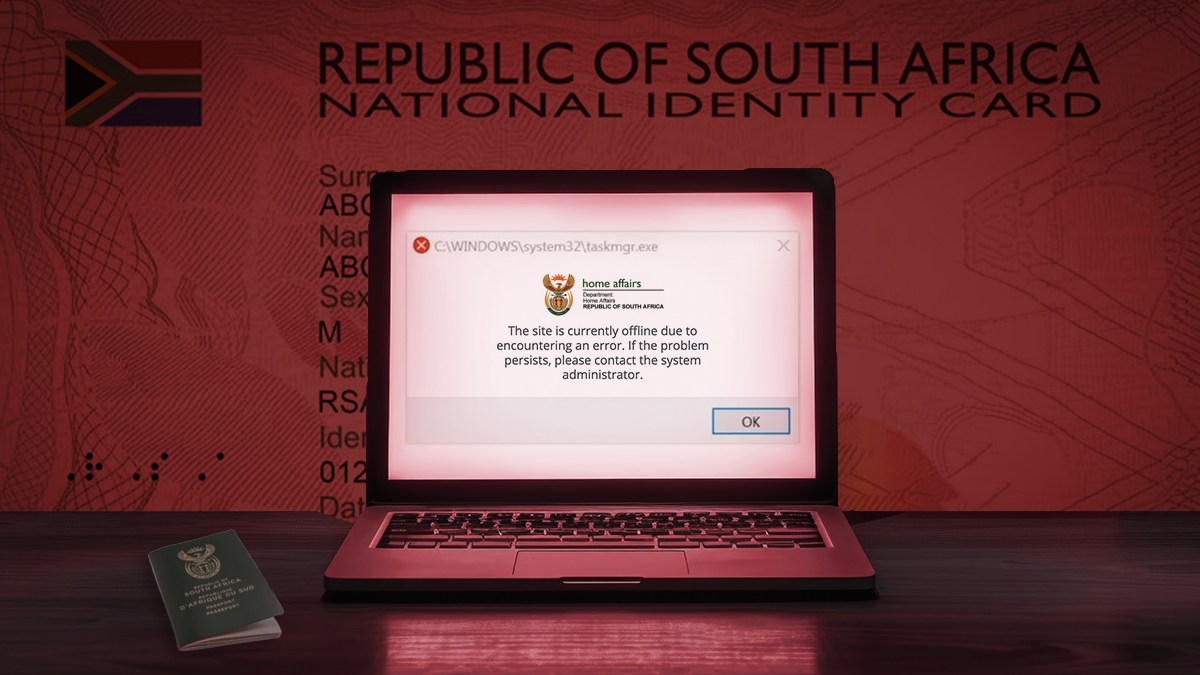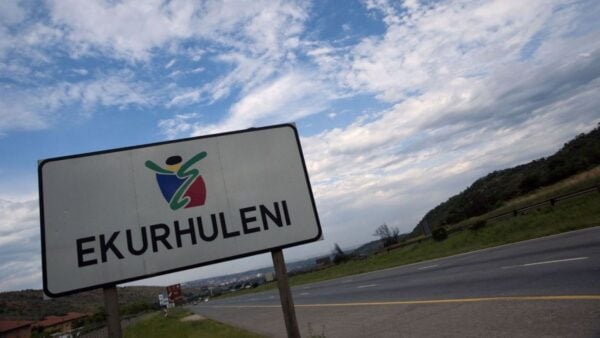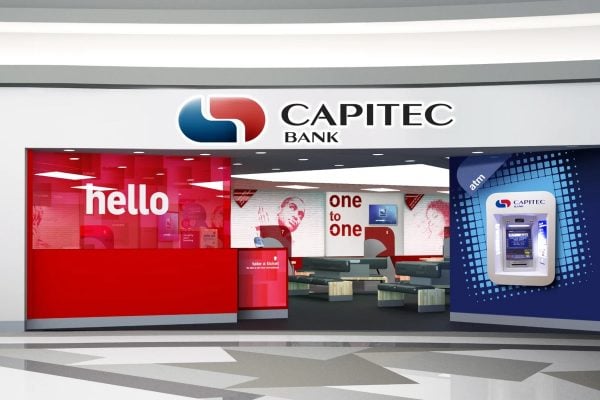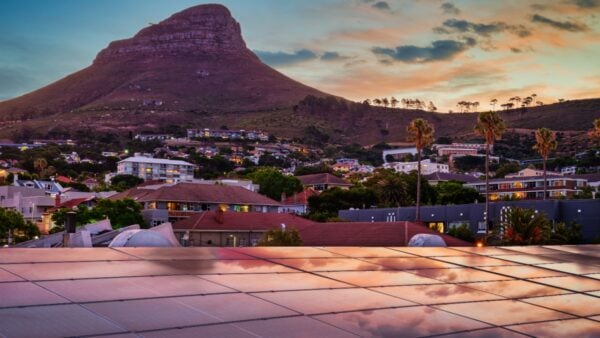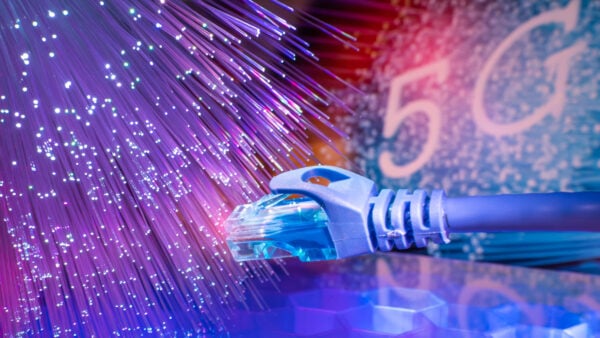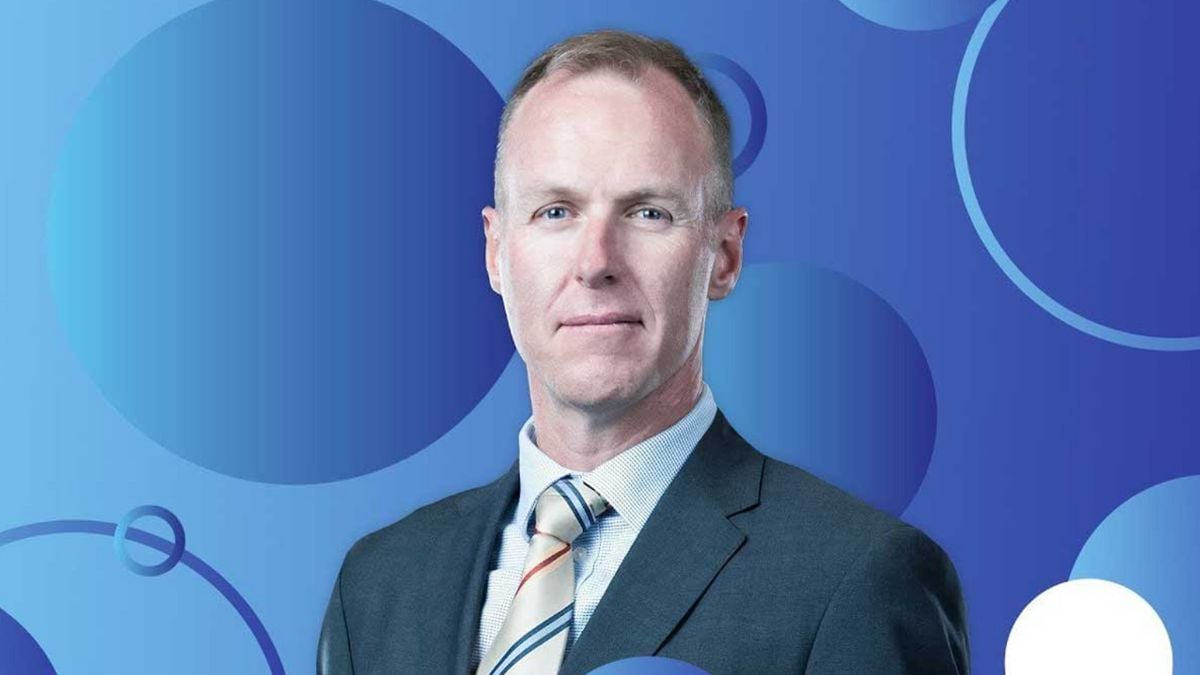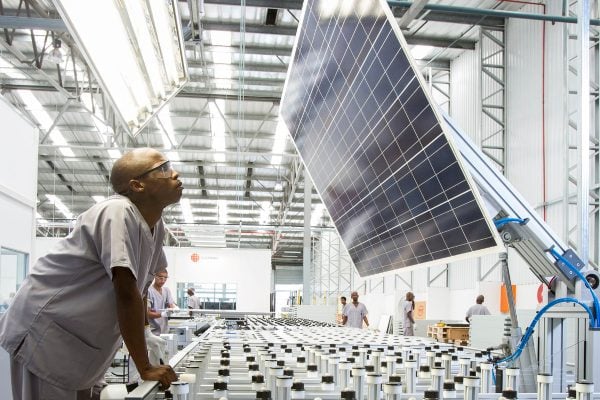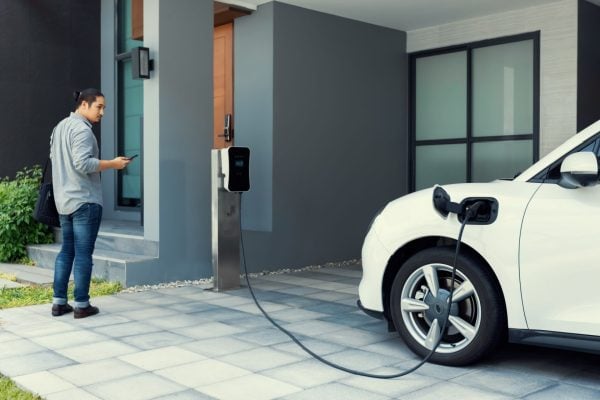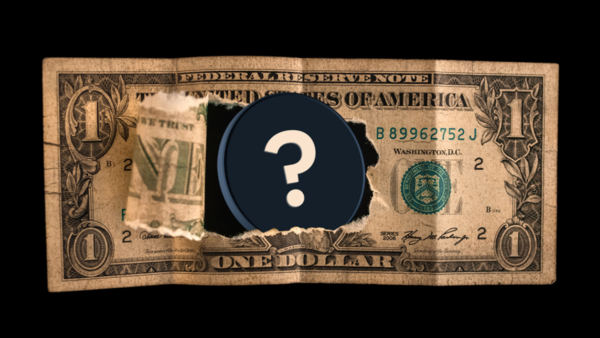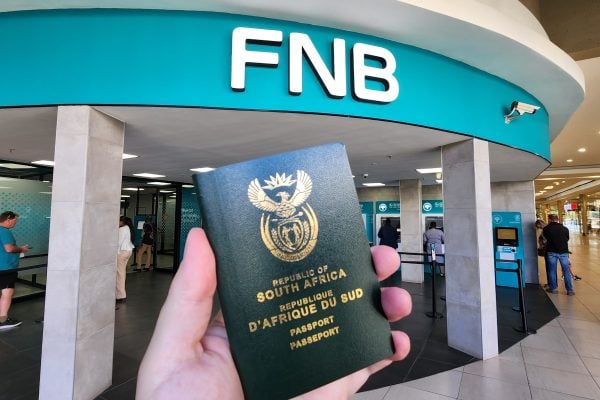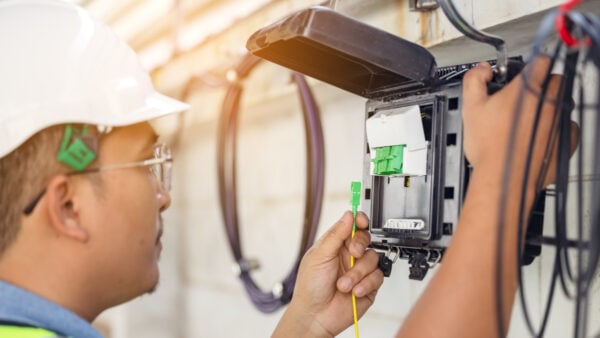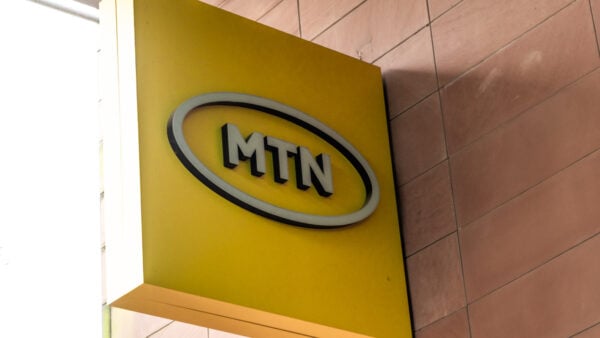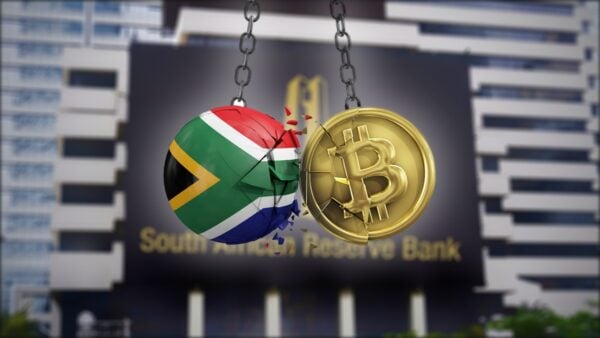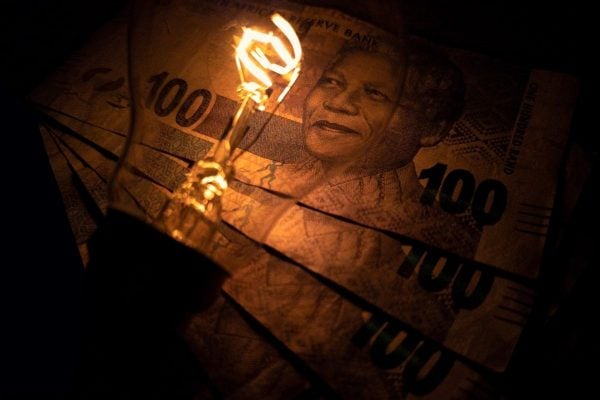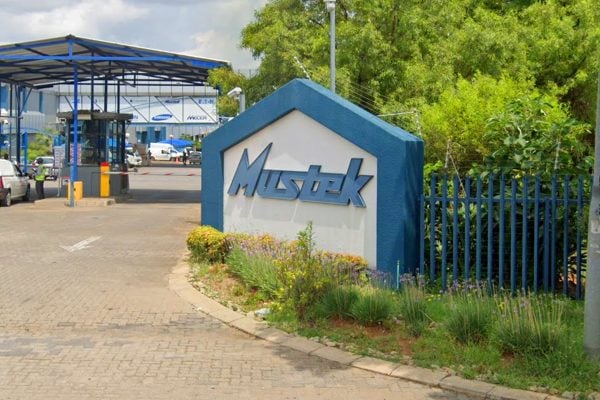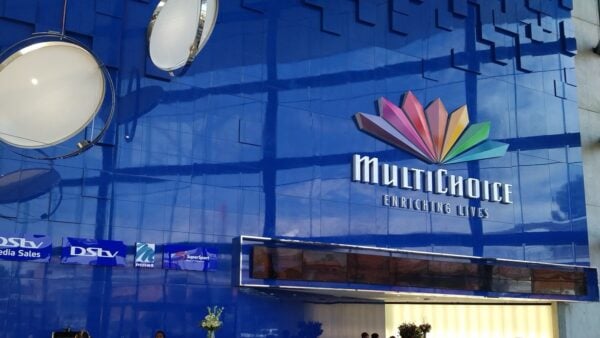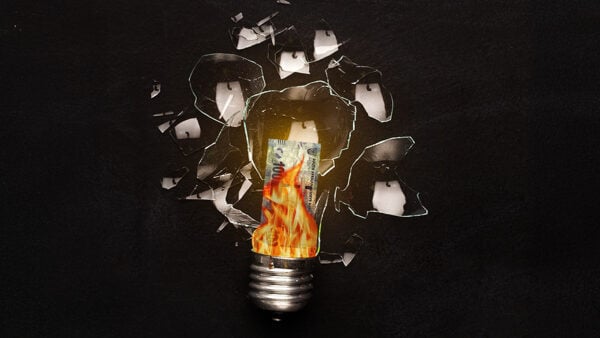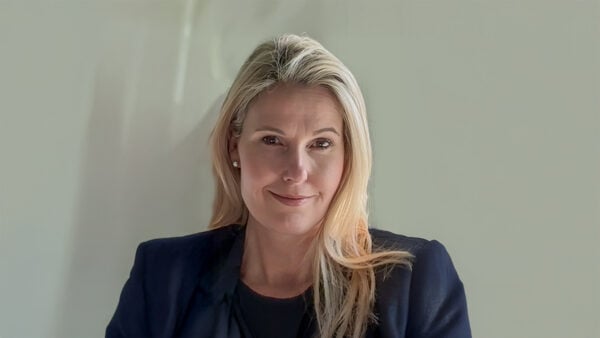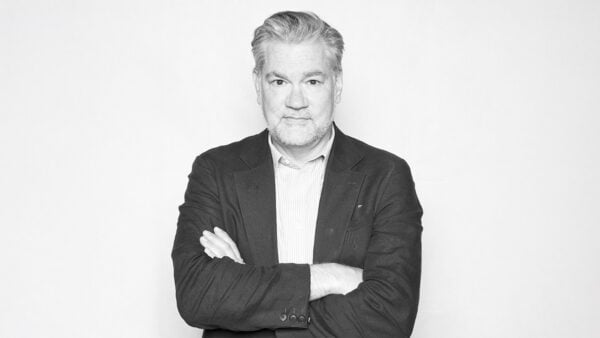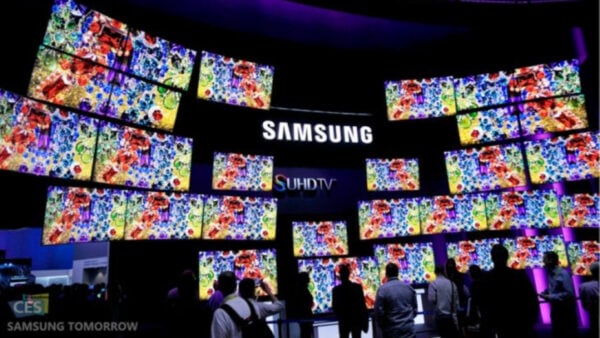Brace for more massive electricity price hikes in South Africa
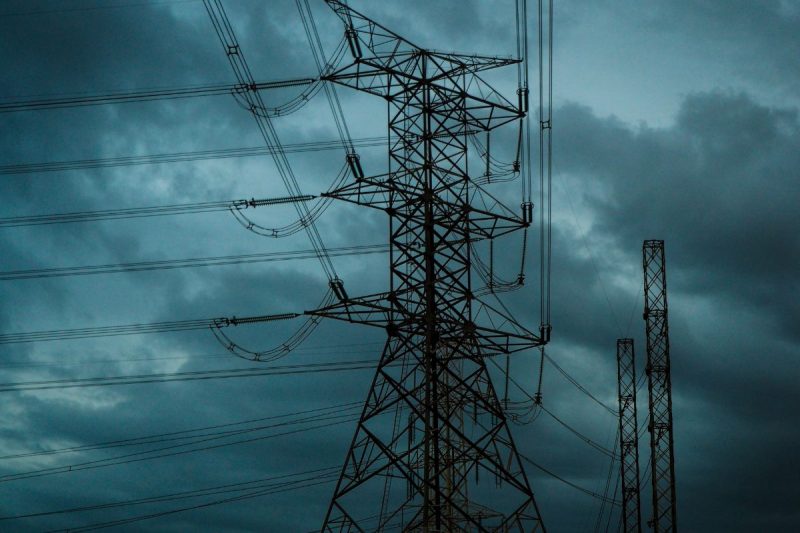
Professor Mark Swilling, co-director at Stellenbosch University’s Centre for Sustainability Transitions, says South Africa’s system for setting electricity tariffs is problematic and has resulted in hefty price hikes in the past decade.
Speaking to eNCA, Swilling said the National Energy Regulator of South Africa (Nersa), for many years, allowed adjustments far lower than what Eskom required.
He adds that if the regulator had allowed slightly higher increases over a longer period of time, residents wouldn’t be getting hit with price hikes far greater than inflation like they are today.
“The current system of setting tariffs is problematic. I mean, we’ve seen a dramatic increase over the last decade for the average household by over R2,000 a month. This is clearly not functional,” said Swilling.
“At the same time, this is on the back of a very long period of time when the regulator was approving tariffs way below what Eskom needed, so if the regulator had approved tariffs in a gradual increase over a longer period of time there would have been less shocks now so that’s really the core of the problem.”
He said that, despite the over 12% increase approved by Nersa for 2025/26, Eskom’s tariff adjustment applications will continue to increase over the next two or three years.
Eskom’s latest annual price increase of 12.74% for direct customers takes effect today, 1 April 2025, while its 11.32% increase for municipal power providers will take effect from 1 July 2025.
However, the 11.32% is subject to change between providers, as individual municipalities must still submit their tariff applications based on their cost of supply studies.
Nersa approved Eskom’s price application on Thursday, 30 January 2025, reducing the requested increase from 36.15% to 12.74%.
The regulator also approved a 5.36% increase for 2026/27 and 6.19% for 2027/28 for Eskom’s direct customers.
The effective increase is 26.09% over three years, a marked reduction, considering Eskom applied for an effective increase of 66% over three years.
Nersa’s approved tariffs will enable Eskom to collect R384 billion in revenue in 2025/26, R409 billion in 2026/27, and R435 billion in 2027/28.
The energy regulator later revealed that it had approved an increase of 11.32% for municipalities, far less than the 43.55% for which Eskom had asked.
2,000% electricity price pain
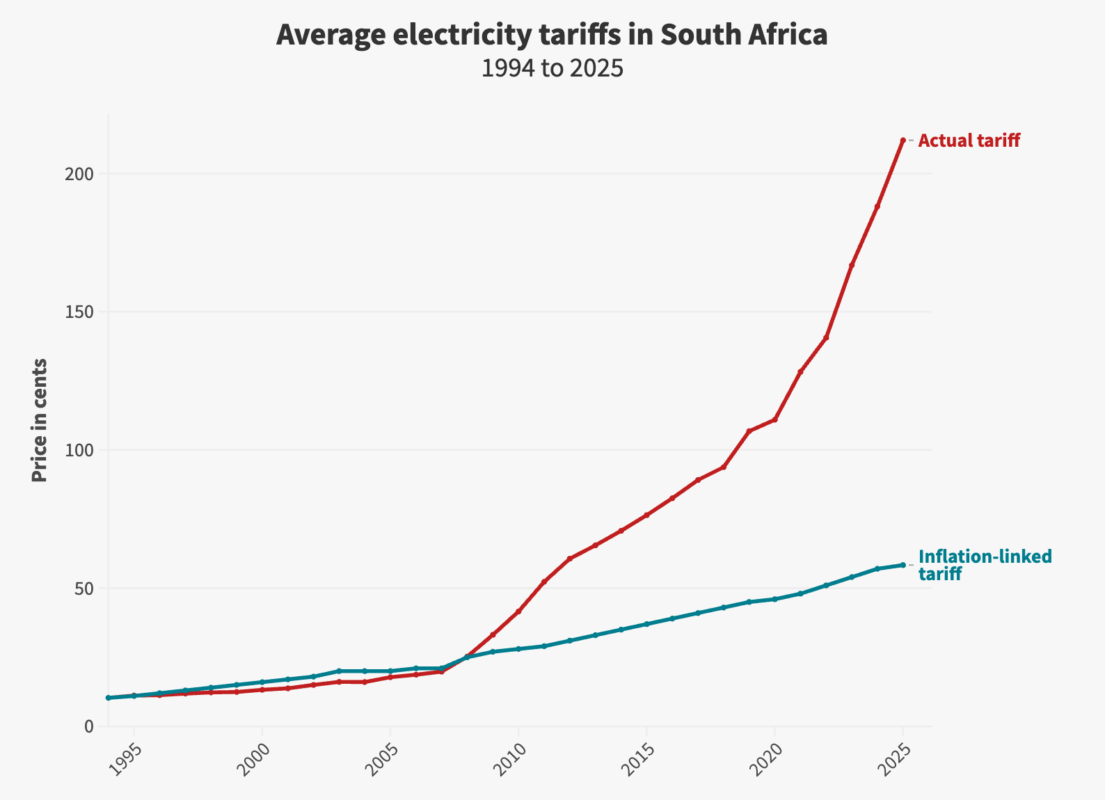
A recent MyBroadband analysis revealed that South Africa’s electricity tariffs had increased by nearly 2,000% since the country’s democratic revolution in 1994.
At the time, the average price of a unit of electricity, or one kilowatt-hour (kWh), from Eskom was 10.32 cents. Had that price increased in line with inflation over the past 31 years, the current price would have been around R0.58 per kWh.
With Eskom’s 12.74% price hike, the average tariff will be R2.12 per kWh — roughly 1,995%, or 20 times higher than in 1994.
While Eskom’s increases were generally aligned with or less than inflation from 1994 to 2007, things took a turn in 2008 when the power utility was granted a massive 27.5% increase.
This was followed by a 31.3% increase in 2009 and 24.8% in 2010.
The increases were driven by the urgent need in the form of the Kusile and Medupi power stations, both of which are massively over budget and have yet to be fully commissioned.
In the 18 years between 2007 and 2025, the average Eskom tariff has increased from 19.80 cents to 212.03 cents — an increase of 971%.

